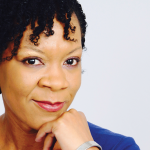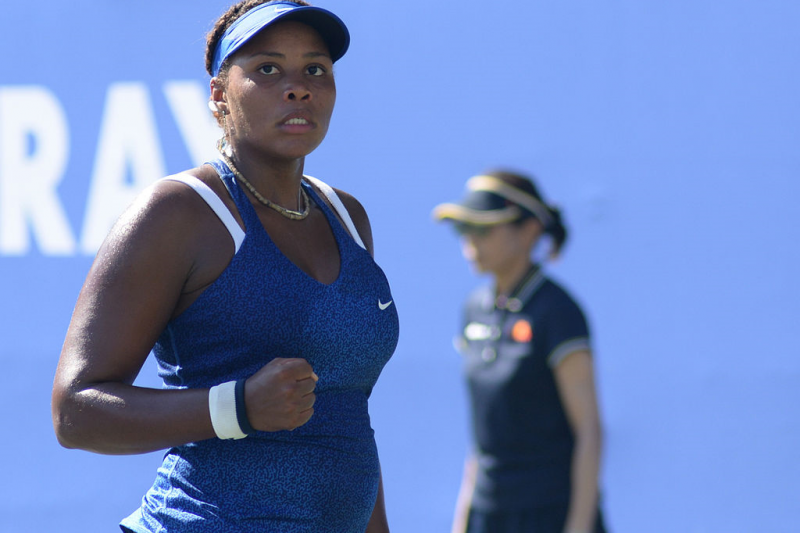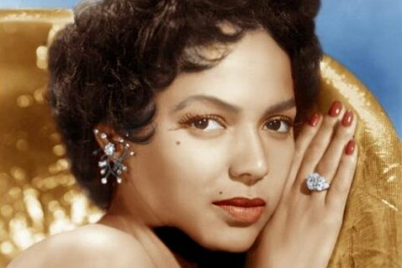Professional tennis player Taylor Townsend [CC BY-SA 2.0]
BY KEISHA BELL | Visionary Brief
Many are told as a child to do their best. The life lesson of this is to find peace and self-satisfaction in doing your best because you will not always win.
But what happens when your best is, in fact, the best, yet people still reject you because you do not “fit” what they have been conditioned to think “the best” looks like? What happens when it is thought that your look hinders your ability to fit in at an office, and as a result, you are not offered the job?
Meet Taylor Townsend, a professional tennis player. Townsend was born on April 16, 1996, in Chicago. In 2012, she became only the second American to be named the International Tennis Federation Junior World Champion when she finished the year ranked Number 1 in the girls’ junior rankings.
Also that year, Townsend became only the second American to win the junior Australian Open titles in singles. Because she won the doubles title at that same event, she became only the second American to win both the singles and doubles titles at a junior grand slam event. In 2012, Taylor won three out of the four junior grand slam doubles titles.
At six years old, Townsend started playing tennis. Seeing that she had a special talent, at eight years old, her family moved to Atlanta so that she could continue advanced training. By 14, she moved to Boca Raton to join the USTA development program.
At 15 years old, Townsend reached the third round in the doubles event at the 2011 US Open. Also, she received a wild card into the singles qualifying draw and defeated the then-ranked world Number 122 player in the first round. Townsend proved that she belonged on the world stage.
The following year, she was shocked when she was denied her request for a wild card for the US Open main draw or for the qualifying tournament. In addition to this, she was asked by the USTA to sit out of the 2012 US Open Junior tournament due to her weight.
In short, Townsend’s look made decision-makers uncomfortable because they did not think she “fit” the part for performing on the world stage.
In a Wall Street Journal article titled “Why the USTA Benched America’s Best Junior,” Patrick McEnroe, the then-general manager of the USTA’s player development program, stated, “Our concern is her long-term health, number one, and her long-term development as a player. We have one goal in mind: For her to be playing in Arthur Ashe Stadium in the main draw and competing for major titles when it’s time.”
The obvious hypocrisy with his statement was the fair number of elite tennis players who were allowed to play on the main stage whose bodies were not sculpted.
Townsend was hurt. After all, she was developing as a tennis player and as a person the right way and achieving the desired results. To advance at that moment, however, she had to face off against paternalism.
At first, the USTA refused to pay for Townsend’s junior tournament expenses. To its surprise, Townsend entered the tournament by paying her own way.
She reached the quarterfinals before being defeated. Feeling the pressure, the USTA later agreed to reimburse Townsend for her expenses and McEnroe apologized.
Still, the USTA decision had a cost that could not be recouped — Townsend’s opportunity to compete for a wild card to enter the main draw of the US Open. She split from her USTA coaches but did not let go of her tennis goals.

Keisha Bell
At the 2013 Indian Wells Masters, Townsend made her WTA Tour debut in singles and won her first match. She has had to overcome gut-wrenching obstacles. Still, the US Open continues to give Townsend signature memories.
This year, she achieved her first victory against a top 10 player when she upset the then-ranked world Number 4 in a third-set tiebreaker in the second round. No matter what, Townsend is a champion. Her paternalistic face-off taught us that.
Keisha Bell is an attorney, author, and public servant.








